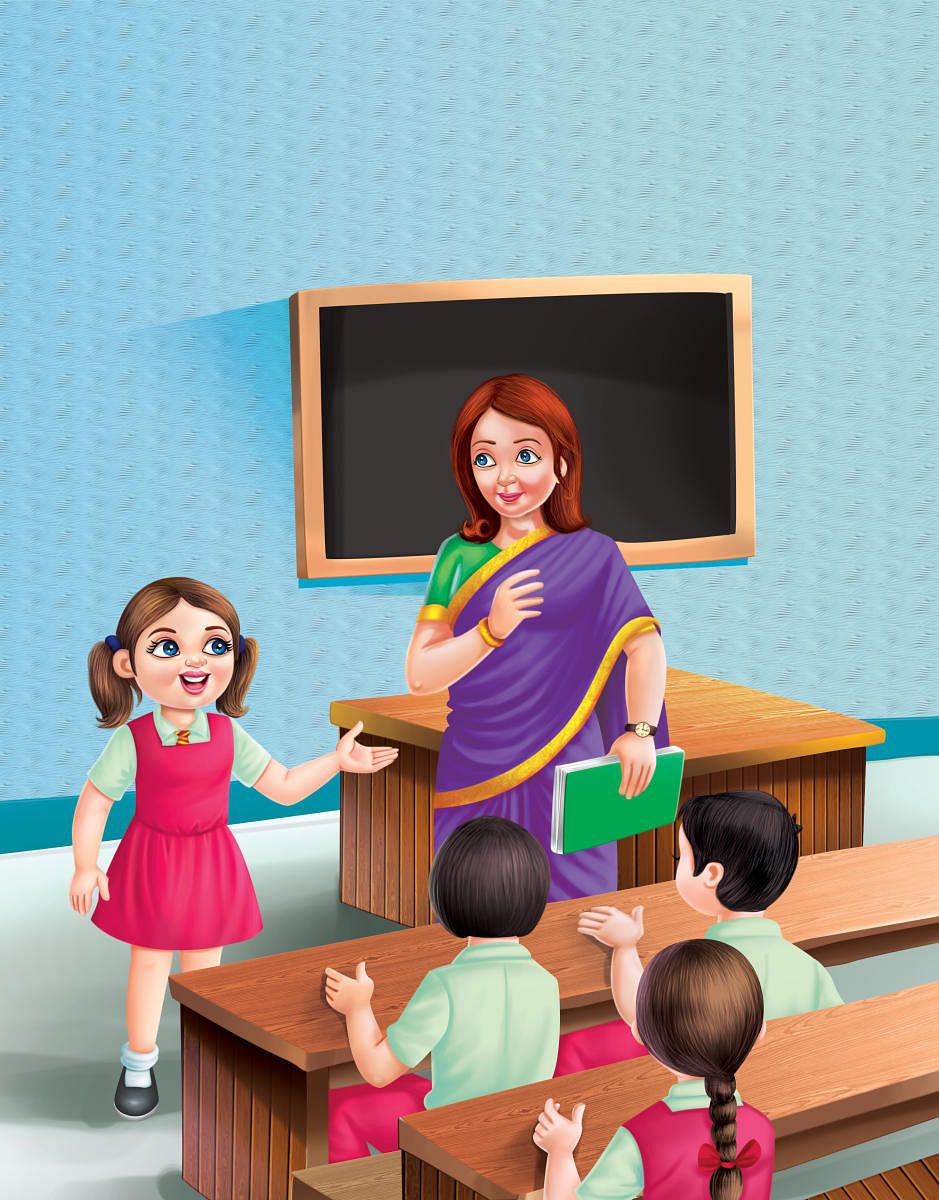That teachers are indispensable and irreplaceable was irrefutably driven home during the pandemic when children were holed up in their homes for two years. Most people would agree that kids are better off in physical schools with in-person instruction and face-to-face interactions with peers.
Despite all the technological advances, remote teaching doesn’t have the same appeal or impact as being taught by a teacher in a classroom. Even as ed-tech companies have mushroomed in the past couple of years, a teacher still occupies a central place in children’s learning.
Though the teacher still forms the nucleus of a classroom, a teacher’s role and responsibilities have changed over the last few decades. Foremost, today’s teacher has to be tech-savvy.
A fortuitous outcome of the pandemic was that most teachers, at least in urban areas, were compelled to upgrade their technical skills to keep up with the digital natives they teach.
Teachers, nowadays, have a treasure trove of educational resources they can mine on the internet to help them engage and extend students’ learning. A teacher may also play a pivotal role in helping children navigate the cornucopia of information on the internet judiciously, learning to distinguish between fact, opinion and propaganda.
Digital problems
A fallout of over-reliance on devices is that children’s attention spans are fast eroding. As children are accustomed to a pixelated digital diet of shifting sights and sounds, teachers have a hard time today getting children to focus on tasks for sustained periods.
Vanishing reading habits are also changing the way children process information. Unlike previous generations, who were raised on print books alone, today’s children rarely skim and scan texts as their default strategy. Eminent reading researcher, Maryanne Wolf, laments in her book, Reader, Come Home, that we are losing a host of cognitive skill sets as we spend less time in slow, deliberate reading. Teachers, thus, have to deploy creative strategies to hook children’s attention. As the lure of the internet is omnipresent, teachers have to continually motivate students to exert sustained focus on academic tasks that require reflection.
Another drawback of the present times is that teachers are yoked to students and parents 24/7. Besides guarding against misinformation that can potentially spread like wildfire, especially on social media, teachers sometimes have to contend with parental or student angst beyond school hours.
Spotting distress
Speaking of angst, mental health issues were always prevalent among students. However, of late, there seems to be a proliferation of psychological problems. Children seem to be under increasing levels of stress. A combination of an intense academic rat race coupled with less downtime and perennial comparisons with peers on social media has probably contributed to this.
As a result, teachers have to be equipped to at least spot the signs of psychological distress and be able to offer emotional first-aid. In fact, teachers themselves would benefit from socioemotional programs that ensure that they also address their own emotional well-being.
Further, schools of today are trying to grow more inclusive by catering to the needs of neurotypical and neurodiverse populations. Even as schools hire special educators, counsellors and occupational therapists to meet the developmental concerns of a more diverse student body, classroom teachers also have to learn to teach children with differing needs. To an extent, the teacher has to wear multiple hats to serve children with physical and cognitive disabilities as well.
Thus, the duties and demands placed on a teacher have multiplied over the years. Plus, the performance pressure has only gotten more toxic over the years. Just as students are compelled to focus on marks, teachers too, are under the radar of management and parents who expect them to produce stellar results.
Decline in standards
While teaching to the test may result in superior grades, the quintessential purpose of education of broadening minds and deepening hearts is diluted. Dictated by a curriculum, imposed by an external Board, teachers have scant autonomy to explore concepts and constructs in creative and unorthodox ways.
Given the onus that teachers have to bear, we, as a society, are unwilling to accord teachers with due respect and better remuneration. Though India is supposed to have venerated the teacher historically, teaching today is not a sought-after profession and fails to attract the cream of talent.
As a result, students also don’t regard their teachers as highly as previous generations. The unchecked expansion of the coaching industry is partially to blame for the commercialisation of education and the decline in teaching standards.
As another Teacher’s Day beckons, perhaps, educators, managers and parents may mull over how we can promote teachers’ autonomy and well-being. If we truly aspire for a more robust and rounded education that cultivates critical reasoning, compassion and civic consciousness in our children, we need to ensure that the fulcrum of the classroom is well-supported, adequately recharged and replenished.
(The author is a psychologist)
